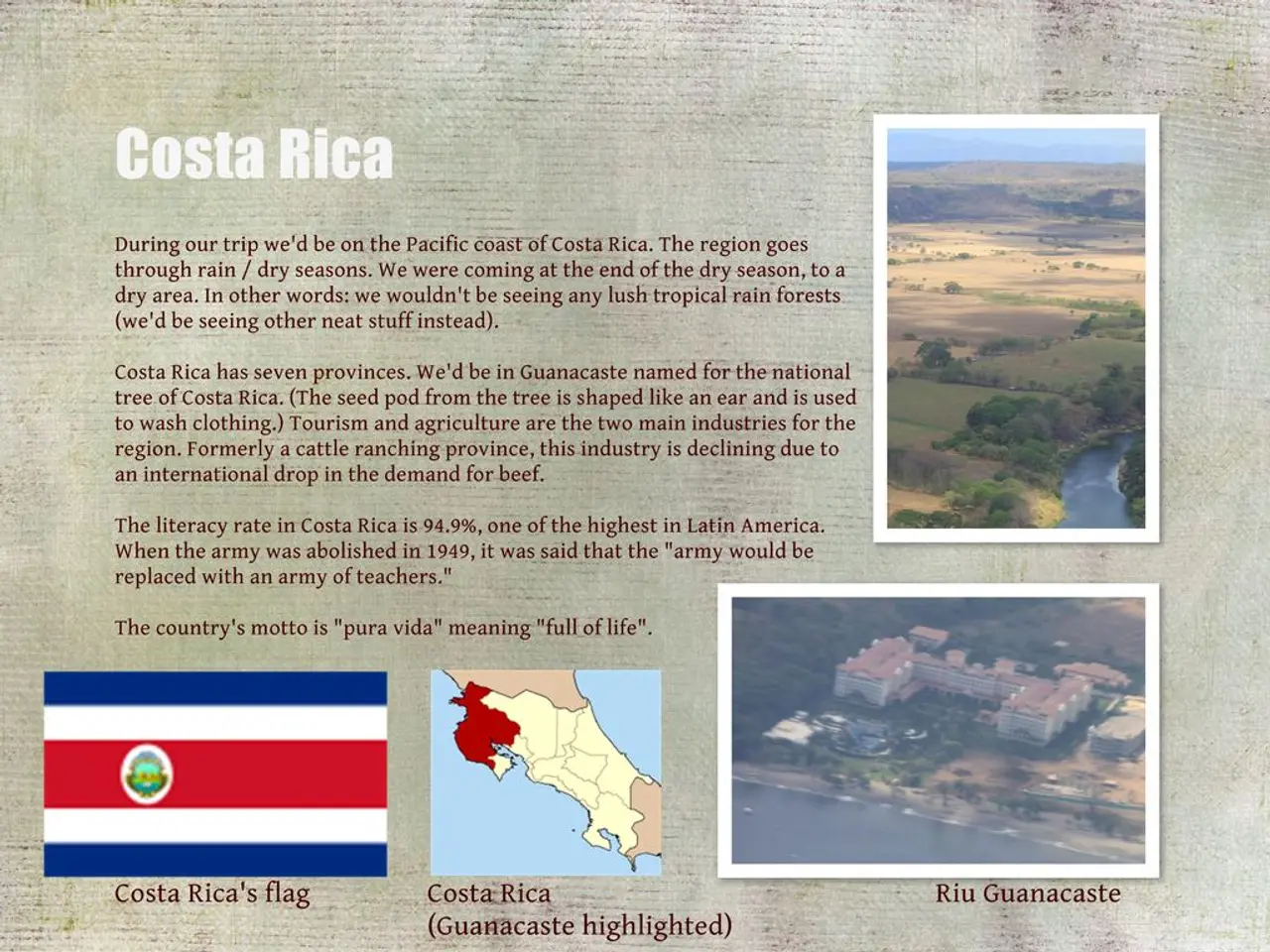Bayern Munich signs Luis Díaz as their latest recruit, yet his home region grapples with ecological damage and human rights abuse issues
Conflict and Controversy in Colombia's Guajira Peninsula
The Guajira Peninsula, a region in northern Colombia, is at the center of a long-standing conflict that has taken a new turn. For decades, the area has been home to the Cerrejón coal mine, operated by the Swiss commodities giant Glencore, which has been blamed for causing significant harm to the indigenous Wayuu and Afro-Colombian communities living there.
The mine spans nearly 70,000 hectares and has been associated with massive environmental destruction and systematic human rights violations. There have been documented claims of forced displacement, paramilitary violence linked to resource extraction interests, destruction of ancestral lands, and the diversion and pollution of water sources, leading to health crises and deaths among local populations.
Indigenous leaders and advocacy campaigns have protested outside Glencore offices internationally, denouncing the human costs of the mining operations. The term "green colonialism" has been used to describe the situation, as processes presented as sustainable or supporting energy transitions may perpetuate colonial patterns of exploitation. In the case of Cerrejón, despite Colombia’s pursuit of an energy transition narrative, coal extraction continues, with the backing of multinational corporations, amid the persistent socioeconomic marginalization and exploitation of local Indigenous peoples.
The region's inhabitants have long faced difficulties such as a lack of clean water, protection from violence, and prospects for a better life. Now, the situation is more challenging than ever, with land being expropriated again, this time for wind and solar projects. The local population does not have access to electricity or a secure water supply, yet their land is being taken away for renewable energy projects.
The electricity used in Germany and the coal that heats homes in Germany may originate from the Guajira Peninsula. The football club FC Bayern Munich has recently signed Luis Díaz, a player from the Guajira Peninsula, who was reportedly indirectly affected by the violence in his hometown of Barrancas, where his parents were kidnapped by the ELN in October 2023. Luis Díaz hails from a region marked by extreme poverty, increasing drought, and conflict.
The Society for Endangered Peoples e.V. (GfbV), a human rights organization that focuses on indigenous peoples' issues, has expressed concern about the impact of the coal mine on the indigenous communities in the Guajira Peninsula. Jan Königshausen, an advisor on indigenous peoples at the Society for Endangered Peoples, can be reached at [email protected] or 0551/49906-14.
Tensions also exist between the Colombian government’s foreign policy and the local economy, illustrated by recent political interventions such as President Gustavo Petro’s threats to alter Glencore’s concession contract over coal export issues tied to international conflicts. These underscore the mine’s critical economic role in a region with very high poverty rates (~43.5%) and a dependency on mining for livelihoods, compounding the social complexity of any legal or activist challenges to the mine’s activities.
In summary, Cerrejón’s coal mining operations serve as a locus of entrenched social, environmental, and political conflict, where large-scale extractivism intersects with Indigenous rights struggles, environmental harm, and global economic pressures often framed as “green” development but criticized as a form of colonial exploitation.
Science and environmental science have found evidence of the significant environmental impact and systematic human rights violations caused by the Cerrejón coal mine in Colombia's Guajira Peninsula. Despite growing concerns and international protests, the mine continues to operate, raising questions about the ethical implications of generating electricity and heating homes in countries like Germany, while simultaneously contributing to the marginalization of Indigenous communities.








